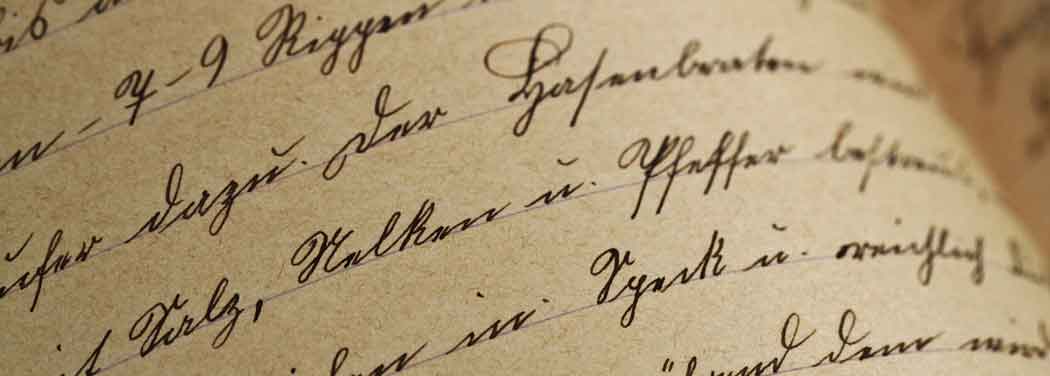5 Essential Book Writing Tips for Nonfiction Authors

The following book writing tips are essential to hone in your nonfiction skills and develop your writing muscle so that you can connect effectively with your audience.
Good nonfiction writing at its core is about creating a bridge with your readers’ minds so that you can transfer your knowledge effectively and with as little filtering as possible.
Your goal is to help them solve a problem that they have in a way that they feel understood and empathized with. It’s only when you achieve this level of connection that your solution will effect real change in their lives.
Nonfiction is a Genre that Requires Unique Strategies
Nonfiction writing is very different than fiction writing. The latter is meant to entertain, allowing us to live vicariously through its characters. Fiction is there to provide us with a temporary respite from the real world.
Nonfiction, on the other hand, is there to help us tackle those real-world issues that we know need to be dealt with. How do we know? Because they’re painful.
So, in addition to the standard writing strategies that apply to both genres, you’ll also require unique nonfiction strategies that you can use to communicate effectively with your audience and provide them with the solutions they seek.
5 Essential Tips:
The following five tips will help you develop the strategies that you’ll need to master in order to become a good nonfiction writer.
Tip 1: Write Every Day
Nonfiction writing, like any other skill, requires continuous practice in order to get better at it. It is this continuity that will develop your writing muscle into a state where it’s conditioned for top performance.
This is no different than going to the gym to do weight training. If you only work your muscles once or twice a week, you’ll hardly notice any improvement.
But if you work out every day, you’ll soon begin noticing the changes and the more often you work out the easier it’ll get as the weights begin to feel lighter.
Eventually, out of sheer repetition you’ll get into a groove and you won’t be able to stop going to the gym. That’ll become your new default state.
This analogy is really not that different from nonfiction writing. Once you have your book outline completed and all you have to do is to begin writing sections based on your prompts, you’ll find that your words will naturally begin to flow out of your brain.
Yet, your writing style will only get better with practice. Your goal is to discover your writing “voice” and only a daily writing regime will help you achieve that.
So, choose a two-hour window at the same time every day and block it out from other activities.
You want to make sure that you aren’t disturbed by anyone during this time, so let your family, friends and your staff know that you’re not to be interrupted for any reason other than an emergency.
Now, if you can’t schedule a two-hour window seven days straight, then do six days, but not less if you want to get really good at it. Even professional writers who’ve been at it for twenty years or longer write every day.
Also, make sure you don’t exceed your two-hour block – you don’t want to write until you’re creatively spent. That’s a recipe for quitting prematurely.
If you still have plenty of ideas flowing after two hours, just jot them down in a notebook for your next writing session. Since you’re creating your nonfiction book based on your professional experience, you’ll never be at a loss for words.
Tip 2: Know the Rules of Grammar
This is a tip that’ll require you to invest some research time. In addition to your daily writing schedule, you need to learn the basic rules of grammar.
This is similar to learning your music scales. You can play music without knowing the scales provided you know how to read it, but try creating new music without deep knowledge of the scales – it’s extremely hard!
The reason is that after you write the first few bars and now you want to take your composition to the next logical place, you have to start randomly playing notes until you find the ones that sound good.
Similarly, if you don’t know the basic rules of grammar, you’ll have a lot of misfires in your writing and you’ll end up being frustrated by the experience. If you learn the rules first, good language will naturally flow out of your fingertips.
Here’s good online resource that you can use as a starring point:
https://www.grammarbook.com/english_rules.asp
Tip 3: Set Up An Advance Reading Group
This next tip is essential to ensure that you stay on message. Remember that although you’re writing your nonfiction book to enhance your career or your business, you’re addressing it exclusively to your target audience.
As they say in the world of marketing “If you market to everyone, you’ll sell to no one.”
Your nonfiction book must be addressed to a very specific audience, and in order to make sure that your message doesn’t fall on deaf ears, you need to enlist them early on so that they can provide you with feedback as you write.
What you don’t want to do is to write your entire manuscript and only then show it to your readers for feedback to find out that it doesn’t resonate with them.
It’s much better to enlist the help of an advance reading group made out of members of your target audience.
Every time you complete a chapter, email it to them to start getting feedback early on in the writing process. Then you’ll have a chance to make adjustments to your original book outline as you fine-tune it to fit the needs of your audience.
With the benefit of an active advance reader group, you’ll end up with a manuscript that truly connects with your readers without requiring extensive rewrites.
Tip 4: Write for an Audience of One

For nonfiction books to work they need to be written in the second person. Each reader must be able to assume that your book was written exclusively for them.
So instead of “we,” “I,” “us,” “our,” etc. you have to use “you” and “yours” whenever you’re addressing your readers (unless, of course, you are relating a story, an anecdote or a case study).
For example, you never want to write: “the next thing we must do is to…” Instead, you want to write: “the next thing you must do is to…”
Whenever nonfiction readers engage with a book that they feel might help them, the first question that’ll come to their minds is: What’s in it for me? They aren’t interested in something that works for you or for a group or people.
All they are interested in is how your book will help them. They’ll want to know what it is specifically that they will need to do.
This isn’t a matter of kowtowing to self-centered people, it’s about creating a deep connection with your audience, and given the impossibility of calling them by their first names the next best thing is to refer to them in the second person.
Whenever you read a well-written nonfiction book in a subject that you’re deeply interested in, you’ll find that you’ll invariably feel that the author is talking directly to you.
This is the feeling that you need to engender with your book. You have to make readers feel that they know you, almost as if you were a friend writing a book to help them in an area of their lives.
Tip 5: Don’t Write to Inform; Write to Connect
This tip is an extension of Tip 4. When you write a nonfiction book to solve a problem for your target audience, you can’t just open your knowledge tap and dump buckets of information on them.
Your content might be what they need, but unless you make every effort to connect with them first, they’ll eventually tune out and stop reading. Think about the difference between seeing a movie and a documentary.
Whether it’s fair or not, people like going to the movies because they want to connect with the emotional journey of the characters, whereas most people perceive documentaries to be vessels of information, therefore hard to connect with.
Readers crave connection and when you make an effort to bond with them, they’ll feel more invested in your solution and will be more likely to a) read your book in its entirely and b) take action on your solution.
How do you connect with your readers? By addressing them directly through the use of the second person and by sharing your knowledge through story telling. This could be done through personal stories or client stories.
The use of the “power of story” to connect with an audience is a tried and true nonfiction technique borrowed from the world of fiction.
The best nonfiction books are page-turners because they create a deep bond with their readers and then they use the power of story as a vehicle for delivering their message.
Next Steps
With the above five tips, you’ll begin to develop your nonfiction writing muscle. If you want to go a level deeper, then read my companion post: “The 10 Must-Have Writing Skills For Entrepreneurial Authors”.
If you enjoyed this article and are in the process of writing a nonfiction book, be sure to check out my free nonfiction success guide, drawn from years of experience editing books for bestselling authors (including a New York Times bestseller) and ghostwriting for CEOs and politicians. Simply click here to get instant access.
Ben
Leave me a comment below if you have any questions or a specific need that I can help you address – I operate an author services firm that specializes in helping entrepreneurs, professionals and business owners who want to publish books as a calling card for prospects, to establish their status as an expert or to just to generate additional leads for their businesses.
Here are some related posts I highly recommend:
How to Write a Compelling Book in 12 Steps: A Must-Read Guide for Nonfiction Authors
How to Grow Your Business Writing a Nonfiction Book
How Long Does it Take to Write a Book to Help Grow Your Business?

Bennett R. Coles is an award-winning author of six books published through Harper Collins (New York) and Titan Publishing Group (London). He is also the publisher at Promontory Press, editor for multiple bestselling authors (including a NY Times bestseller), ghostwriter for CEOs and politicians and the founder of Cascadia Author Services, a boutique full-service firm that specializes in premium author services specifically designed for busy professionals. Our end-to-end services include writer coaching, ghostwriting, editing, proofing, cover design, book layout, eBook production, marketing, printing and distribution.
-

I liked that you explained that you will want to think about writing to connect the person who is reading the book. That does seem like it would be an easy thing to overlook when writing a true story. Personally, if I could connect to the person I am reading about I would want to keeping reading and finding out more about them than I possibly could.
-

This was excellent, and thank you for posting it. The best article on writing a non-fiction book I’ve read in years. I’m struggling a little with who to use for my advance reading group, but I’ll get there. I just want to do it thoughtfully.







Leave a Reply